After a morning spent exploring the grand sights of Delhi, including quick stops at Rashtrapati Bhavan and Parliament House, and passing by the impressive India Gate, we were ready for our next adventure. Following a satisfying lunch, we made our way to Qutub Minar, one of Delhi’s most famous landmarks.
Qutub Minar is a UNESCO World Heritage site and the tallest brick minaret in the world, standing at 73 meters (240 feet). Its red sandstone and marble construction are covered in intricate carvings, making it a masterpiece of ancient Indian architecture. Built in the early 13th century, the minaret has a rich history that makes it even more fascinating to explore.
To enter Qutub Minar, we paid a small entry fee. The ticket cost us 40 INR per person for Indian nationals, while foreign tourists had a fee of 600 INR. If you’re planning to bring a camera, there is a camera fee of 25 INR, which allows you to capture the beauty of the site from various angles.
Walking around the Qutub Minar complex felt like stepping back in time. Surrounding the towering minaret are other historical structures, including the Quwwat-ul-Islam Mosque, believed to be one of the oldest mosques in India, and the Iron Pillar, a mysterious metal column that hasn’t rusted in over 1,600 years! Each corner of the complex has something unique to see and photograph.

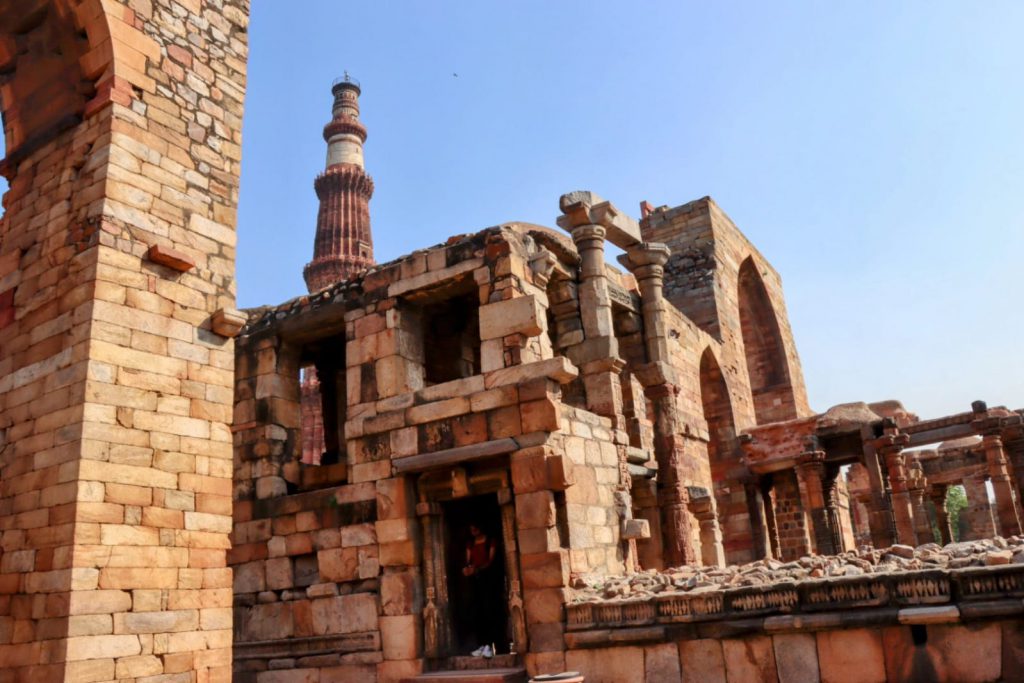
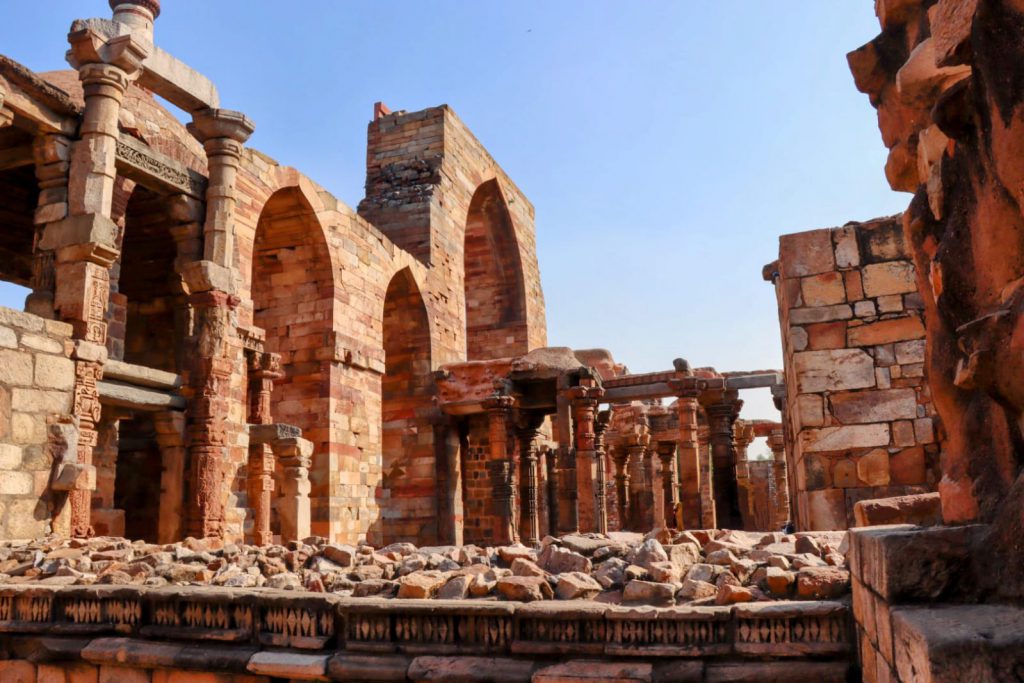
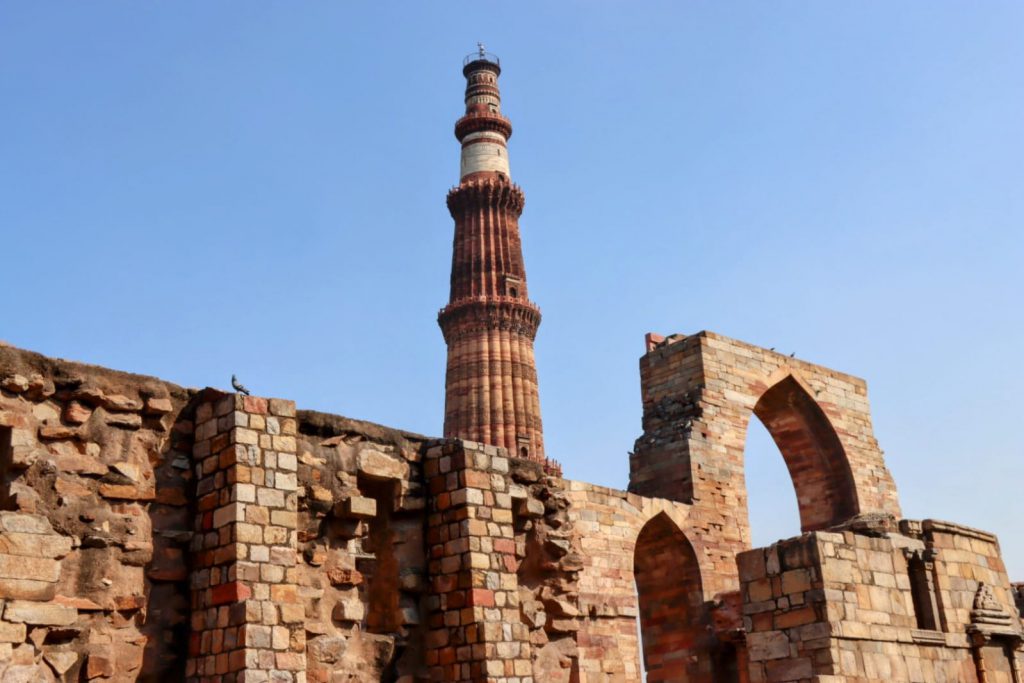
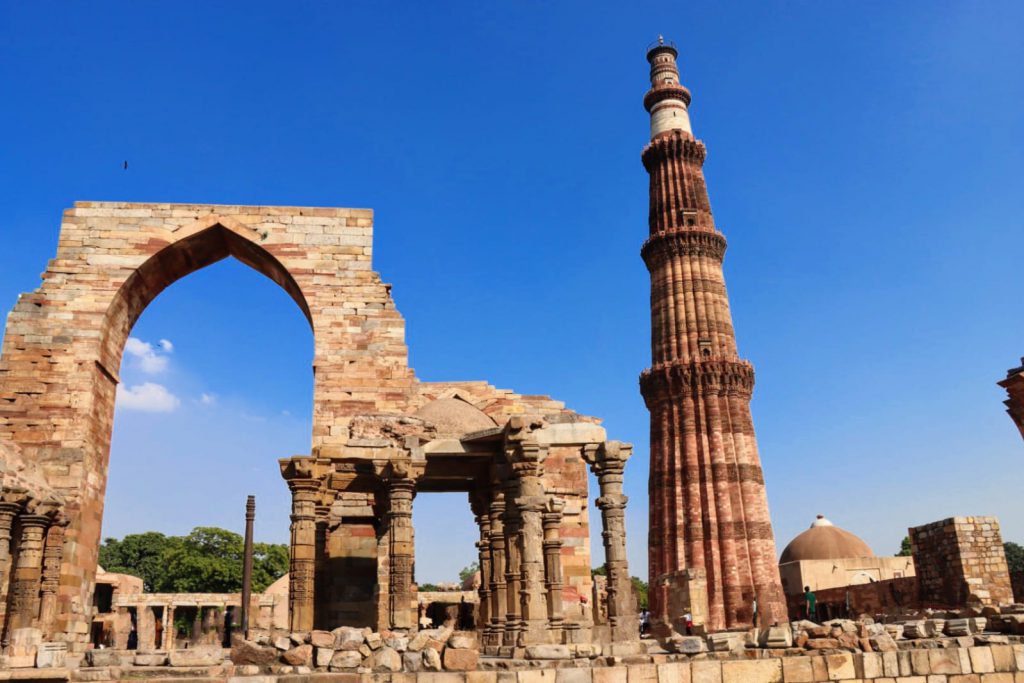
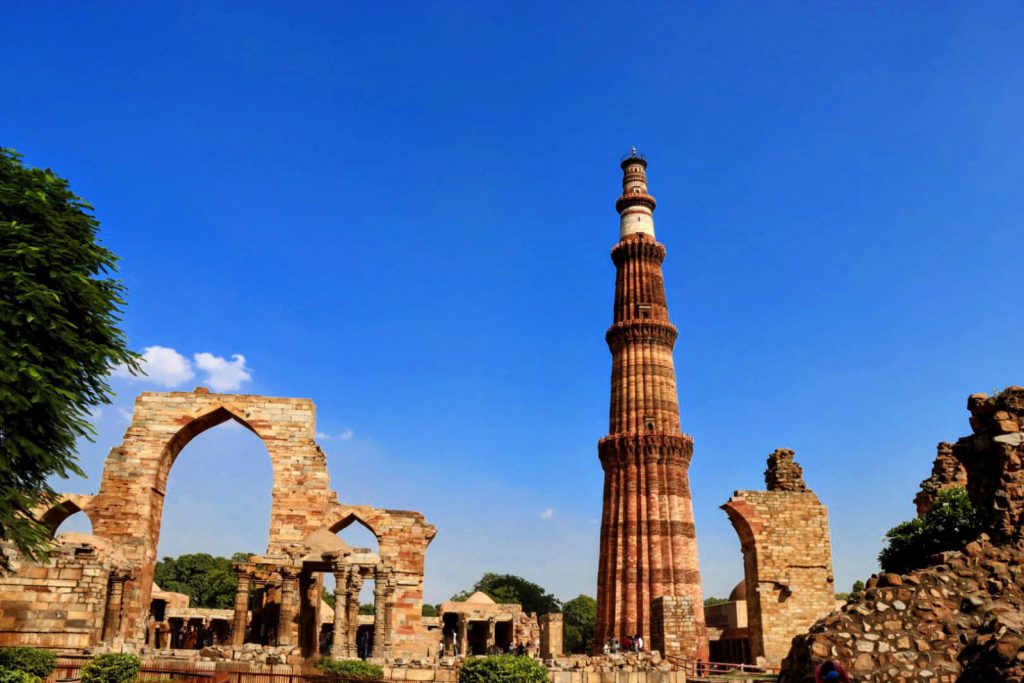
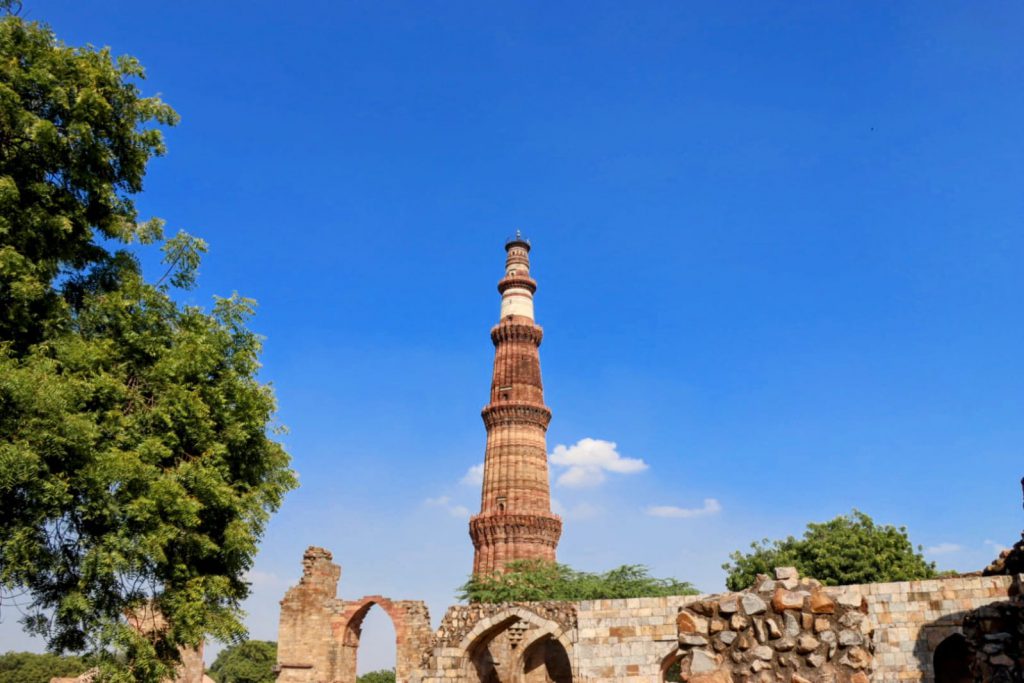
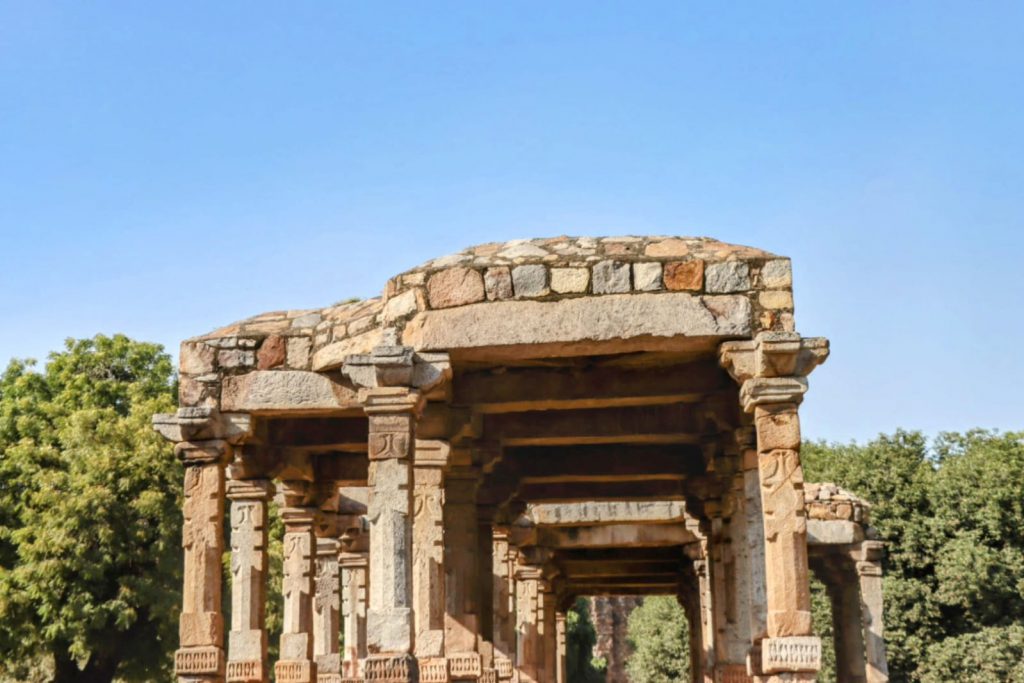
Standing before Qutub Minar, we couldn’t help but marvel at its architectural beauty. The detailed carvings and the alternating red and white stonework make it a sight to behold. We spent a while taking photos and trying to capture its towering height and intricate details.
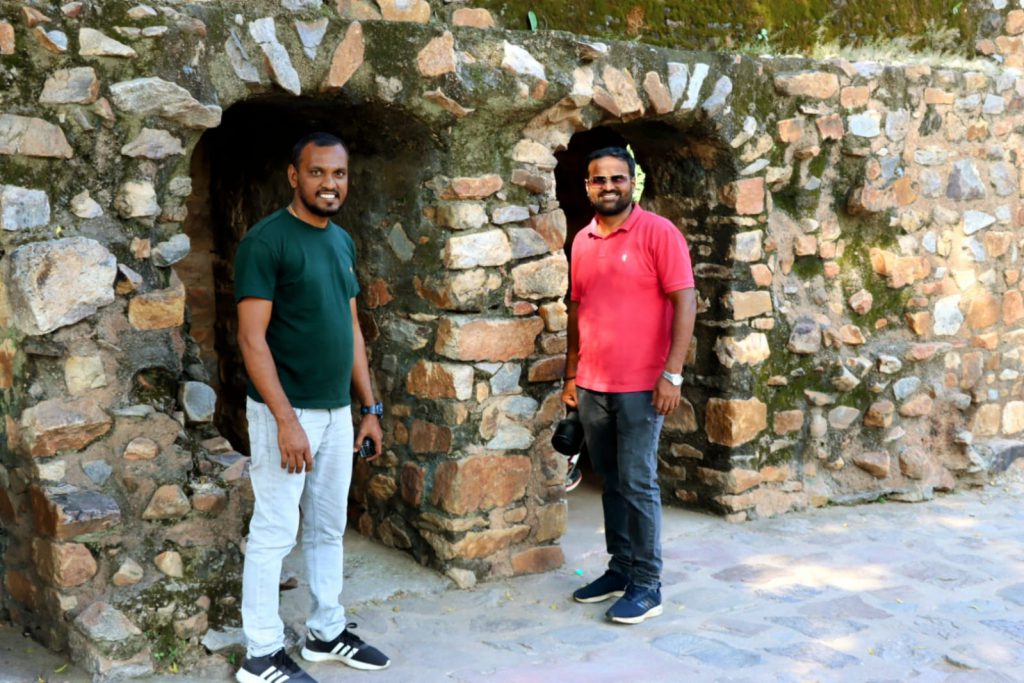
Our visit to Qutub Minar was both awe-inspiring and peaceful. It’s one of those places that makes you appreciate the skill and creativity of ancient builders and leaves you wondering about the stories that must have unfolded here over the centuries. For anyone visiting Delhi, Qutub Minar is a must-see attraction that offers a glimpse into India’s rich history and architectural heritage.
This city, with its blend of tradition and progress, left us with memories that will last a lifetime.

